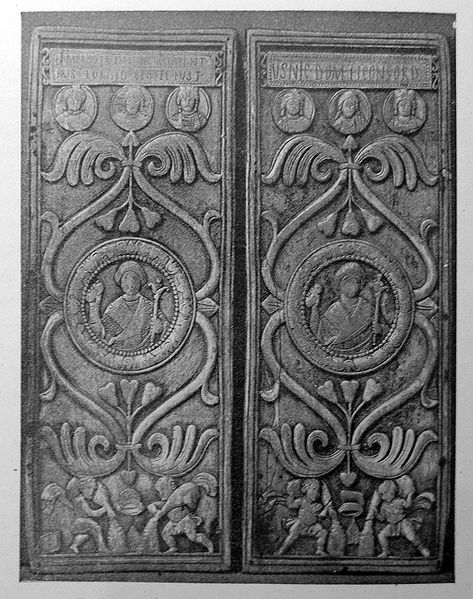Byzantine Empire under the Justinian dynasty
The Byzantine Empire underwent a golden age under the Justinian dynasty, beginning in 518 AD with the accession of Justin I. Under the Justinian dynasty, particularly the reign of Justinian I, the empire reached its greatest territorial extent since the fall of its Western counterpart, reincorporating North Africa, southern Illyria, southern Spain, and Italy into the empire. The Justinian dynasty ended in 602 with the deposition of Maurice and the ascension of his successor, Phocas.
A coin showing the bust of Justin I.
A 6th-century head of an emperor at the Getty Villa, thought to represent Justinian I.
Consular diptych (540) of Justin, son of Germanus, cousin of Justinian.
Justin I, also called Justin the Thracian, was Eastern Roman emperor from 518 to 527. Born to a peasant family, he rose through the ranks of the army to become commander of the imperial guard and when Emperor Anastasius died, he out-maneouvered his rivals and was elected as his successor, in spite of being around 68 years old. His reign is significant for the founding of the Justinian dynasty that included his eminent nephew, Justinian I, and three succeeding emperors. His consort was Empress Euphemia.
Solidus of Justin I marked: d·n· iustinus p·p· aug·
Justin I (left) persecuting Monophysites, miniature from the 12th century Manasses Chronicle
Solidus depicting Justin and Justinian.
Image: Mosaic of Justinianus I Basilica San Vitale (Ravenna)







